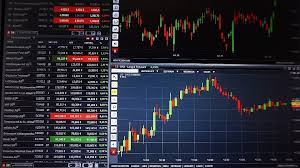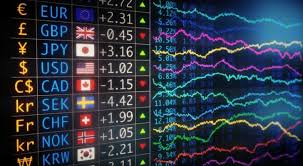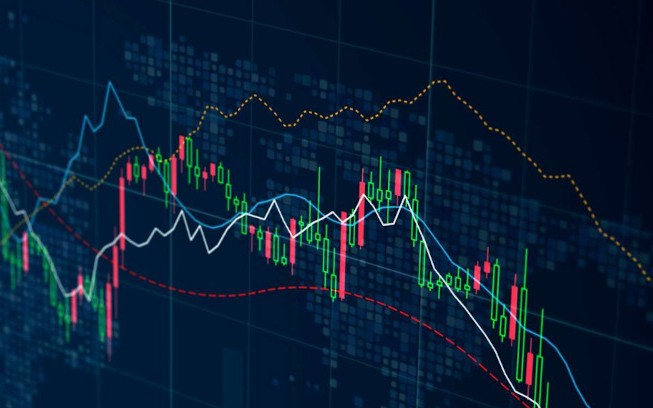The term “pip” is a fundamental concept in the world of trading, particularly in the foreign exchange (forex) market. A pip, which stands for “percentage in point” or “price interest point,” is the smallest price move that a given exchange rate can make based on market convention. To truly understand pips, it’s essential to grasp how they operate in the context of currency trading, risk management, and profit calculation. This article will explore the concept of pips in detail and highlight its significance for traders. For more in-depth trading resources, you can visit what is a pip in forex trading Trading Connexion.
What Exactly is a Pip?
A pip is usually defined as the fourth decimal place in most currency pairs, while for pairs involving the Japanese Yen (JPY), it’s the second decimal place. For example, if the EUR/USD currency pair moves from 1.1050 to 1.1051, that movement is one pip. However, if the USD/JPY moves from 110.70 to 110.71, that change also represents one pip.
Understanding How Pips Work
In the forex market, pips are crucial because they represent the smallest incremental price change that can affect a trader’s position. This implies that every point change in pips can significantly impact profit or loss, especially when leverage is involved.
Pip Value
The value of a pip varies based on the currency pair being traded and the amount of leverage being used. The value can be calculated using the following formula:
Pip value = (0.0001 / exchange rate) * amount of currency

For currency pairs quoted to four decimals like EUR/USD, one pip equals 0.0001. Therefore, if the exchange rate for EUR/USD is 1.1050, one pip would be worth approximately $0.0906 for a standard lot (100,000 units of currency).
Why are Pips Important?
Pips play a crucial role in trading as they help traders understand the movement of prices and assess potential profits and losses. Here are some key reasons why pips are important:
- Profit Calculation: Understanding pips allows traders to calculate how much they can potentially gain or lose on a trade. The difference between the entry price and the exit price in pips determines the profit or loss in actual currency terms.
- Risk Management: Traders use pips to set stop-loss and take-profit levels. By knowing how many pips away their stop-loss and take-profit levels are, they can make informed decisions on their risk exposure.
- Market Analysis: Analyzing price movements in pips gives traders insight into market strength or weakness. A currency pair that consistently moves several pips in one direction may indicate a strong trend.
Pips vs. Points
In trading, the terms “pip” and “point” are often used interchangeably, although there are subtle differences. A point refers to a full number change in price, while a pip refers to the fractional change in price. For example, if the EUR/USD moves from 1.1050 to 1.1060, it has moved 10 pips but only 1 point. Understanding this distinction helps traders gauge price movements more accurately.
Why Understanding Pips is Essential for Forex Trading
For beginners, grasping the concept of pips is vital as it lays the groundwork for building a successful trading strategy. Knowledge of pips extends beyond just calculation; it influences decisions on risk management, entry and exit strategies, and overall trading psychology.

Setting Realistic Goals
With a solid understanding of pips, traders can set realistic trading goals. Knowing how many pips they aim for in a specific timeframe can help them create a more disciplined and structured trading approach.
Emotional Control
Trading can be emotionally taxing, especially in volatile markets. By focusing on pips rather than monetary values, traders can better manage their emotions, leading to more rational decision-making and less impulsive trading behavior.
Pips in Commodities and Indices
While pips are most commonly associated with currency trading, the concept can extend to other markets such as commodities and indices, where price fluctuations can also be measured in terms of points or pips, depending on the specific market conventions.
Final Thoughts
Understanding what a pip is and how it functions is essential for traders at any level. Not only do pips help quantify and analyze price movements, but they also facilitate better risk management and strategic planning in trading. By mastering the concept of pips, traders can enhance their trading prowess and work toward achieving consistent results in the ever-evolving markets. Whether you are a novice or an experienced trader, keeping the importance of pips in mind will ultimately help you navigate the complexities of forex trading more effectively.
